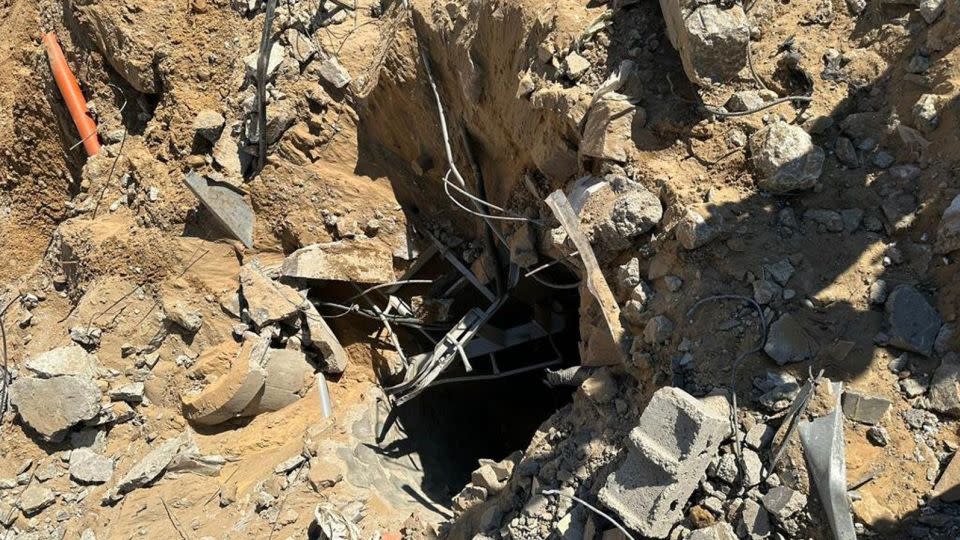??? GUEST, LISA LING
November 17, 2023

Surrounded by Sedona, Arizona's scenic red rocks, which many believe have therapeutic powers, a group of people from across the United States recently gathered for a psychedelic experience.
Ocean Eagle, a facilitator with a distinctive cowboy hat and tattoos, led participants on a journey of the mind aimed at harnessing the transformative power of breathing.
"I am here to open up a container of love and safety for you guys," he told retreat participants, setting the stage for a deep dive into emotional healing.
The goal, according to Ocean Eagle, was for participants to connect with — and, if necessary, try to heal — their inner child.
His own journey stems from a childhood marked by alcoholic parents and a brother's early death. Back then, Ocean Eagle was Marty Daniel, and later coped with his trauma by also turning to alcohol.
"I drank a lot...ultimately alcohol was my master," he said.
Despite his addiction, he played college baseball on a scholarship and went on to have a family and a successful real estate business.
"But I was miserable on the inside," he said. "I've had the million-dollar homes....I've had all the cars I've ever wanted, had it all. And none of it filled that hole inside me."
He said his life changed when he went on a retreat and met a woman doing shamanic breathwork.
"I lay down and had a spiritual awakening of biblical proportions," he said. "I turned into an Eagle....and flew over all over Earth. And that moment of oneness, you hear about, I had it in an instant...I'm everything. Everything's me. I'm feminine, masculine, male, female. It just hit me like that."
After that, he trained in holotropic breathwork and developed a unique method: activation breathwork.
The technique, as Ocean Eagle says, aims to activate the body on a cellular level, balancing oxygen and carbon dioxide levels "properly." This releases DMT in the brain, he claims, allowing participants to enter a psychedelic state naturally. DMT is found in some plants and psychedelics, and can produce hallucinations.
Participants, like Nafsheen Luhar, testified to the power of the approach. Luhar, grappling with childhood trauma and uterine cancer, credited the breathwork with helping her release decades of pain.
"Breathwork helped me release 25 years of trauma that I was holding on to. I just didn't even know what hit me. And especially to that degree where everything I've always needed has actually been inside me. I am it, I am my own healer," Luhar said.
A recent session led by Ocean Eagle included affirmations and a carefully chosen playlist. After 90 minutes, the music slowed and people started coming back into a space that their minds had left.
Ocean Eagle gathered the group to talk about their journeys.
"I did a lot of connecting with my children in today's session," one person said. "It was a beautiful experience because I saw visions. I felt like I was in a different world."
"I felt like I got deeply connected with myself and I reached out to a lot of my family. I felt good. And I feel alive," said another participant.
On the retreat's second day, I decided to participate. I felt a little nervous, because I've always had difficulty relinquishing control. But I wanted to do my best to just surrender.
I started off feeling angry about things happening in the world and the wars men have plunged us into throughout history. I had a moment where I was severely grieving for mothers in the ongoing Israel-Hamas conflict — on both sides of the fight — that have lost their children.
My body started shaking profusely. Ocean Eagle laid his hands on me, but I told him I needed a woman. Jimene, another facilitator, came, and I felt her energy, as though her hands were burning my back.
I later felt like I was holding the Earth and almost wrapping my hands around it, to heal it.
Analisa Novak contributed to this article.
Activation breathwork retreat participants seek psychedelic experience without taking a drug























